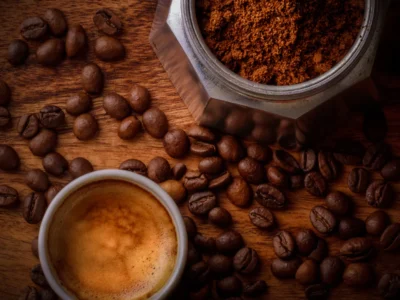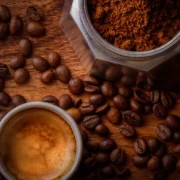Introduction –
From a cherished legend of tribal fixings, Polish cooking has as of late blossomed from virtual haziness into a rising star on the European scene. Its incredible benefit throughout long-term top choices like French or Italian passage is its scope of startling preferences: the sharp sharpness of mustard plants, the radiance of maturation, and umami in abundance. Check here about, Restauracje Warszawa. While Poland isn’t resistant to the inexpensive food bug, right up to the present day, the typical Shaft conveys a shaman-like information on mushrooms, berries, and hereditary recipes. Subsequently, new and flavorful nearby dishes aren’t difficult to find on a visit – yet nervy cooks abroad ought not be hesitant to attempt a couple of recipes themselves. Most key fixings, while perhaps not promptly accessible in stores, can undoubtedly be made at home.
Customary Cake, Butchery and Cheddar Making Restored –
Big name gourmet specialists, baked good creators, ranchers and butchers, culinary professions are going through an upset. ‘Nowa Kuchnia Warszawska’ (‘New Varsovian Cooking’), photograph: Polona/Public Library of Poland. ‘Nowa Kuchnia Warszawska’ (‘New Varsovian Cooking’), photograph: Polona/Public Library of Poland The most established distributed Polish cookbook, Stanisław Czerniecki’s Summary Ferculorum from 1682, shows that much has changed throughout the course of recent hundreds of years. The volume offers such offensive exhortation as this: take a live capon, pour wine vinegar down its throat with a pipe, tie and hang it awake for five hours, pluck it pleasantly, and heat or plan it as you wish. Even in these early years, a few distinctive components of Polish cooking are obvious in any case. Most importantly, there is the range of unfamiliar impacts – a fairly obvious element, taking into account Poland’s noteworthy social variety at that point.
19th Century –
To be sure, Polish food’s underlying taste range was basically Eastern: from the nineteenth century onwards, in addition to the fact that Asian flavors being used were, however Crimean impacts were likewise predominant. Later on, the appearance of Jews in Poland during the Medieval times prompted a further combination of tastes. The Renaissance additionally utilized Polish rulers with groups of unfamiliar sovereigns, all of which brought claims to fame from their own territory. Poland Didn’t Necessarily in all cases Communicate in Polish: The Lost Phonetic Variety of Europe. Consistently, Poland has been populated by different ethnic and semantic gatherings, all of which have made some meaningful difference. Here is a gander at a portion of the dialects verbally expressed in these grounds – and a short manual to etymological characteristics which have frequently involved convoluted issues of social and, surprisingly, financial foundation.
Language –
Bona Sforza, the Italian spouse of Sigismund I the Old, is rumored to have irremediably changed Polish cooking through her affection for vegetables. Right up to the present day, Polish stores sell little heaps of carrots, leeks, parsnips, celery root and cabbage called włoszczyzna, or ‘Italian stuff’. Poland’s resulting parts and osmosis into the Russian, Prussian and Austrian realms will have left a sufficient imprint for German (or Austrian, Russian, Belarussian and Ukrainian) guests today to see recognizable dishes, if consistently with a neighborhood curve. Obviously, the two Universal Conflicts kept the brilliance of Polish cooking lethargic for the greater part of the 20th hundred years, in spite of the fact that sentiments are isolated with regards to the shortcomings or benefits of food under socialist rule.











Comments